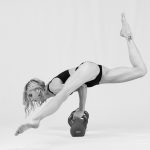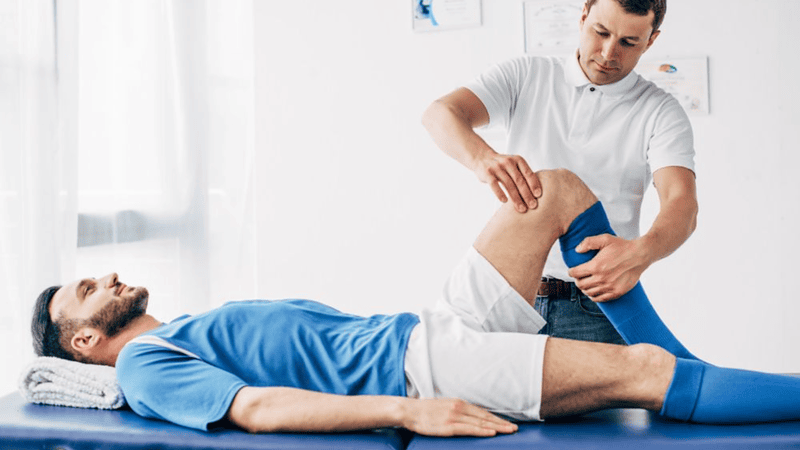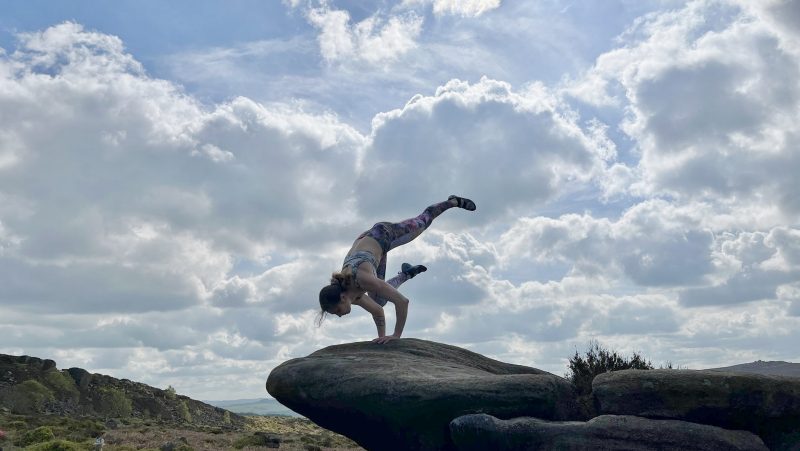
10 Ways Yoga can Enhance Athletic Performance
Part 1 - By Kirsty Brown
Reading time: 4 minutes
‘Yoga’ and ’Sports Performance’ have traditionally been regarded as completely separate entities, with the former being perceived as calming, nurturing, gentle, etc, which stands in stark contrast to perceptions of the latter: intense, dynamic, powerful, etc.
Nowadays however, the benefits that regular yoga practice can offer the sporting world are becoming increasingly acknowledged, supplementing athletic performance though improvements in core strength and control, coordination, balance, mobility, joint health, and injury prevention, just to name a few.
Moreover, these benefits can be attained with as little as a single 15 minute session per week, as I observed when coaching mobility to a team of rugby players doing tier pre-season training.
The highly diverse nature of yoga also means means the style and focus of the practice can be adapted for the specific needs of the athlete by targeting areas prone to tightness and incorporating similar movement patterns to those used in their sport.
Nevertheless, there still exists a certain stigma attached to yoga with it being a predominantly female practice, conjuring up images of soft background whale music, incense and oils, and connecting with one’s spiritual self. Quite often, men (and women) may shy away from yoga due to seeing themselves as too inflexible or it not being a ‘proper’ workout (ironic really, since yoga was originally practiced by men in India since 600 B.C.).
This article, broken into two parts, aims to break through this stigma by outlining 10 different ways in which yoga can benefit the gym-goers, fitness enthusiasts, sports players, or anyone who wants to challenge their fitness in a new, unique, and functional way.
So without further ado, here are the first 5!
1.Improved Core Strength and Stability
The balance and postural requirements in yoga means that core control and stability are key aspects of any yoga practice. Because of the diverse range of poses and movement patterns, yoga will help engage and activate through your entire core musculature, which includes your not only your six-pack muscles, but also the muscles deep within the abdominals and back, and the obliques (side body).
This in turn confers multiple benefits for sport and fitness; Our core provides the key link in the kinetic chain and so a stronger core means more powerful force transfer between the upper and lower body, i.e., we generate more power! A stronger core also improves spinal health and helps us maintain posture under heavy load, therefore preventing injuries and allowing us to perform at our best and make more progress.
2. Enhanced Kinetic Freedom and Control
Basically a snazzy way of saying we gain more freedom and control over our movement.
Yoga* is an explorative practice which combines creative and new movements patterns with maintaining full body control. often when playing sport, we might find ourselves in having to undergo new and unpredictable movements and positions, and so being able to adapt and regain control in our bodies is important to both performance and injury prevention.
Not only this, but increasing kinetic freedom helps release tension and fascial adhesions which in turn can facilitate more efficient movement and speed up recovery from exercise.
3. Increased Strength throughout Range of Motion
There is a prevailing yet false view that yoga is all about flexibility; however, flexibility without strength creates instability and increases injury risk. My DSY classes focus on controlling the movement throughout a joint’s full range of motion, therefore helping practitioners to build strength in positions where one would normally be vulnerable to injury.
This is especially relevant in sports where athletes commonly find themselves in new and unexpected positions where strength exertion is still required, for example, a climber having to generate force and body tension while in a stretched out position.
In fact, some poses in yoga which require end-range strength may mirror those found in sports situations, as we shall come to next.
4. Improved Sport-Specific Movement Patterns
The versatility of yoga means that the poses and transitions can be tailored to be sport-specific, i.e., certain poses mirror the types of movements the athlete would be performing in their sport.
Furthermore, practicing sport-specific poses dynamically builds fluidity and stronger alignment into those movement patterns.
For example, both yoga and jiu jitsu require dynamic bodyweight transitions with an emphasis on hip mobility and strength; dynamic vinyasa flows moving in and out of skandasana (side lunge) can help improve hip strength/ mobility and therefore the ability to move between positions in jiu jitsu.
5. Enhanced Mind-Body Connection and Body Awareness
The focus on the mind-body connection in yoga cultivates a stronger awareness of how your body feels in a certain pose, and in the present moment. We became more in tune with our body’s abilities and understand its strengths and limitations. As a result, we learn to work with, not against , our bodies, therefore helping us avoid injury by knowing when to push ourselves, and when to take it easier.
If these reasons aren’t enough to convince you that yoga is a great supplement for your other fitness endeavours, then there’s even more great reasons given in part 2 of this article, including injury prevention sleep improvement, and improved heart health!
*commission earned from this link.







